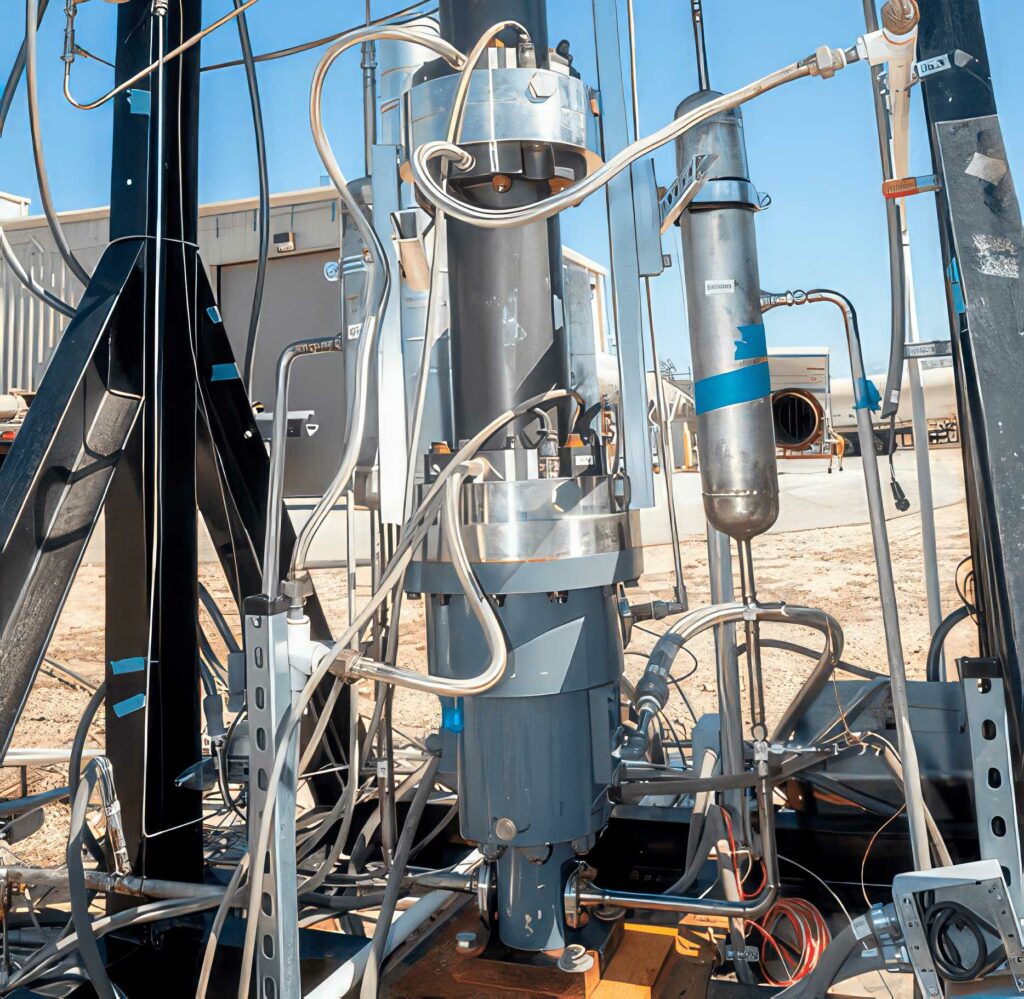Refuelling pump seals the FC deal

(Image courtesy of SwRI)
Researchers in the US have developed a sealed compressor using a linear motor for refuelling hydrogen EVs (writes Nick Flaherty).
The hydrogen compressor, developed at the Southwest Research Institute (SwRI), can improve the efficiency and reliability of hydrogen compression used in the refuelling of fuel cell EVs (FCEVs).
The linear motor drives a reciprocating compressor (LMRC) to compress the hydrogen for FCEVs and other hydrogen-powered vehicles. Unlike most hydrogen compressors though, it is hermetically sealed, and the motor increases its efficiency and reliability.
“To refuel hydrogen vehicles, the gas must first be compressed to high pressures, so we set out to design a more efficient, leak-proof compressor,” said SwRI principal engineer Eugene Broerman, the project’s lead investigator
Most reciprocating compressors have motors that move repeatedly in the same motion and require lubrication for maintenance, which can contaminate the hydrogen.
Instead, the LMRC’s linear motor can move the piston in a user-defined motion pattern; it is mounted for vertical motion and has a unique dynamic seal design.
As a result, the compressor’s seals and bearings experience less friction, avoiding the need for traditional lubrication.
A key challenge for hydrogen compression is the risk of leaks as the gas flows through equipment.“ Because hydrogen molecules are so small, they sneak in and alter the performance of the materials and equipment. For instance, with the molecules causing magnets to fail, we had to coat them more effectively to prevent that.”
The LMRC also uses a ceramic piston to minimise the heat expansion and lower the stress on its seal.
ONLINE PARTNERS































